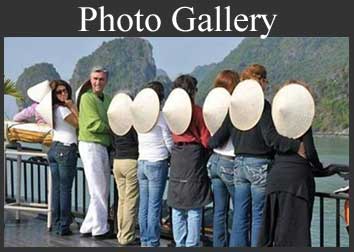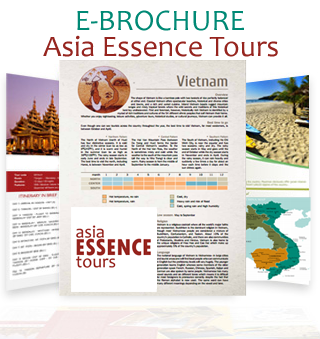Wat Chiang Man
Wat Chiang Man is the oldest temple in Chiang Mai which was built by King Mangrai in 1297 as his temporary dwelling. It not only enjoys a serene environment but also owns a serial of spectacular structures. The two precious Buddha statues housed in the two Lanna style monasteries make the temple especially attractive.
Wat Chiang Man is the oldest temple in Chiang Mai which was built by King Mangrai in 1297 as his temporary dwelling. It not only enjoys a serene environment but also owns a serial of spectacular structures. The two precious Buddha statues housed in the two Lanna style monasteries make the temple especially attractive.


Wat Chiang Man, sometimes known as Wat Chiang Mun, situated on the Ratchaphakhina Road in the north part of the old city of Chiang Mai, is the first ever temple erected in the city. The temple was built in the year of 1297 AD, originally as the King Mangrai’s temporary dwelling while he was supervising the construction of the capital of the then Lanna Kingdom (1296 - 1558).
Couple of main structures are standing on the ground of the temple, among which the most outstanding and also the oldest one is the Chedi Chang Lom, which means Elephant Chedi in English (Chedi is the Thai moniker for stupa, a type of Buddhist architecture). The Chedi was named so apparently for it basically features 15 life-sized stone elephants carrying a stupa, with golden, pointy, high-rising pinnacle, on their backs. Elephant is the most lovable and sacred animals in Thailand, which can be seen ubiquitously on the street or depicted in architectures, paintings and the likes.
Apart from the Chedi Chang Lom, other main structures inside the temple are two Lanna-style Wihans, a Sanskrit and Pali term meaning “secluded place” or monastery for monks. The larger one between them is believed to have been made around the 15th century but was subjected to major renovations in 1920. In front of the altar inside is a standing statue of Buddha, which has the inscription about it being produced in the year of 1465, making it the oldest Buddha statue so far discovered in Chiang Mai.
Inside the smaller Wihan, there are two precious statues, Phra Sila and Phra Sae Tang Khamani, both of which are considered god with rain-controlling power. Phra Sila is actually a stone stele with low-relief image of Buddha and an elephant, presumably produced in Ceylon or India around 8th century. Phra Sae Tang Khamani is a statue measuring about 15cm (6 inch) tall and 10cm (4 inch) in width, made out of crystal. The statue is dubbed to have been produced around 200 AD and was a trophy commemorating the conquest of King Mangrai upon Hariphunchai Kingdom. The Statue was considered auspicious therefore King Mangrai liked to keep it close at hand among battles. Religious activities would be held on April 1st at Wat Chiang Man every year, while Phra Sea Tang Khamani would be carried on parade around the city.


.jpg)




